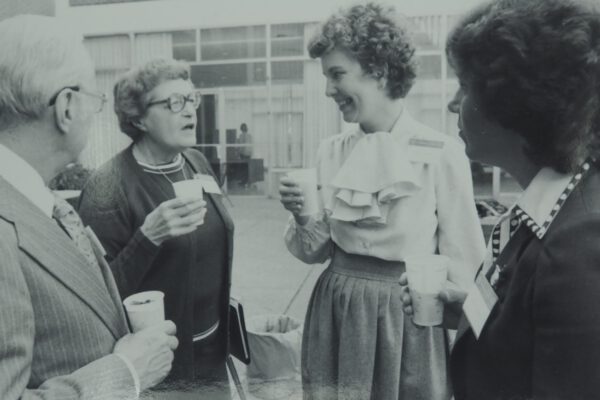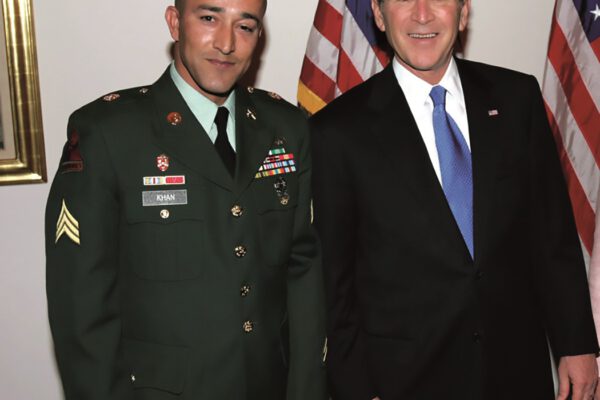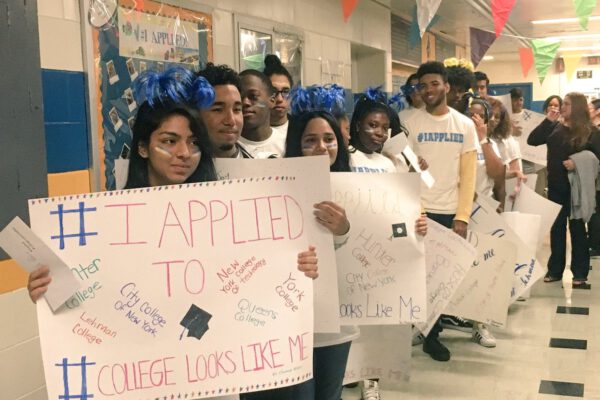
As ACE celebrates its centennial in 2018, this is one in a series of posts that will look at how ACE initiatives have left an impression on the higher education landscape and impacted peoples’ lives.
In 1992, ACE, along with five sponsoring associations, entered into a cooperative agreement with the U.S. Agency for International Development (USAID) and the U.S. State Department to engage higher education in worldwide development issues. Together, ACE and the American Association of Community Colleges, the American Association of State Colleges and Universities, the Association of American Universities, the Association of Public and Land-grant Universities, and the National Association of Independent Colleges and Universities founded the Association Liaison Office for University Cooperation in Development, later renamed Higher Education for Development (HED).
HED’s goal was to partner U.S. colleges and universities with institutions of higher education in developing countries. The partnerships sought to improve lives in host countries through collaborative research, training, educational programs, and community outreach. From faculty members jointly establishing a solar technology degree program in Jordan to students forming their own accounting firm in Kosovo, HED became an engine of social and economic change.
From 1992 through 2015, HED supported more than 350 higher education partnerships in 61 countries involving 140 U.S. colleges and universities. Funding for HED partnerships came primarily from USAID and the U.S. Department of State to help educate future leaders and practitioners in a wide range of issues, including health, law, women’s leadership, education, business, environment, agriculture, democracy, and workforce development.
For instance, in Laos, a HED partnership between Case Western Reserve University, the National University of Laos, and Khon Kaen University (Thailand) trained medical personnel in pediatrics and internal medicine. The number of pediatricians in Laos rose from seven to 42 from 1997 to 2008.
In another success story, HED and USAID awarded funding to Michigan State University, with Texas A&M University, for a partnership with the National University of Rwanda to improve teaching, research, and outreach capacity by developing faculty, re-designing the agriculture curriculum, and establishing a community outreach center. Rwanda was also the site for one of HED’s signature projects, The Partnership for Enhancing Agriculture in Rwanda Through Linkages (PEARL), which contributed to rebuilding the capacity of agricultural institutions in Rwanda. PEARL worked in areas including geranium oil, avocado oil, eucalyptus oil, cassava flour and chili pepper production, but it enjoyed particular success in the coffee sector.
In South Africa, the State University of New York at Buffalo joined with the University of KwaZulu-Natal to train secondary school math instructors to teach math in grades 10 to 12, which had not been taught in 20 percent of schools prior to the program due to a lack of qualified instructors. An estimated 400 teachers were trained through the initiative.

Terry W. Hartle, ACE’s senior vice president for government and public affairs and chair of HED’s advisory board at the time, reflected on HED’s educational sphere of influence. “Through their engagement abroad,” he said, “U.S. colleges and universities help emerging nations develop and bank the social capital that is imperative for nation building and for the evolution and continuity of civil society.”
If you have any questions or comments about this blog post, please contact us.


